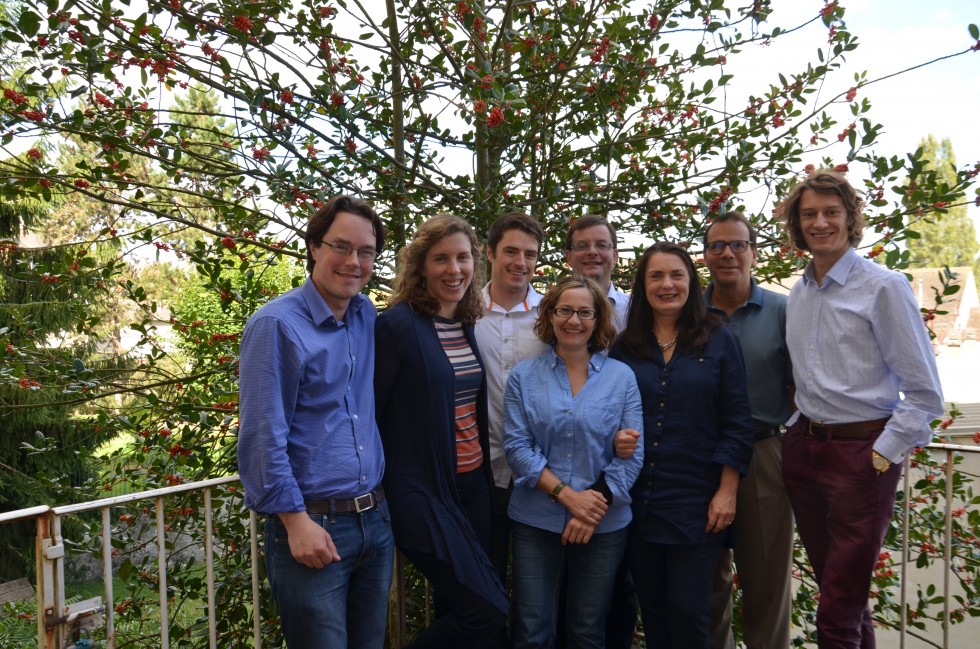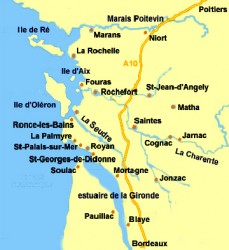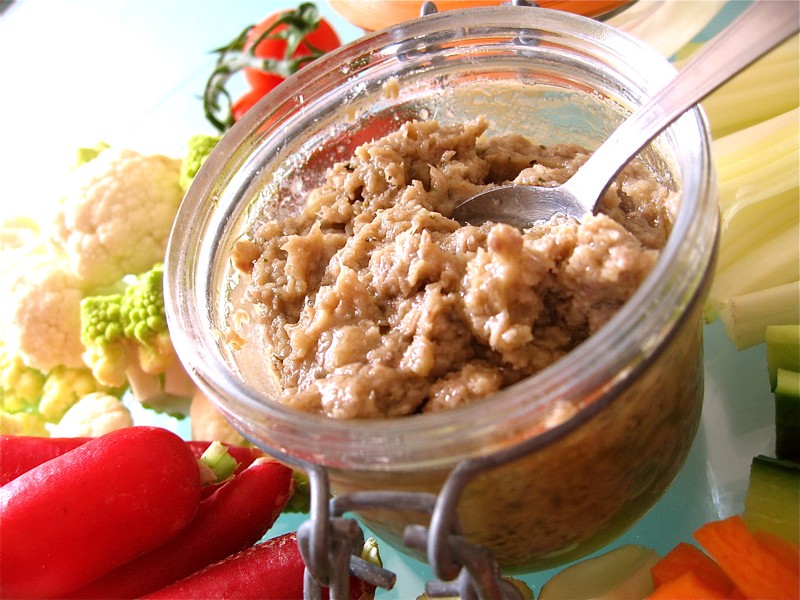
What to Eat in France: Mentchikoffs, Chocolate Specialty of Chartres
Despite the Russian name, Mentchikoffs are a specialty of Chartres. There are only four or five chocolatiers who still make them because the process is time-consuming. You won’t find them in restaurants, only in chocolate shops.
Mentchikoffs have a praline and chocolate center and a crunchy dried Swiss-style meringue coating. They are almond-shaped and usually weigh from 10 to 12 grams.
This candy is said to have been invented by a famous confectioner named Dausmenil in 1893 in the rue de la Pie in Chartres. This was a period when everything Russian was the rage, from Russian salad to Russian jewels, after the signing of the Franco-Russian military alliance of 1894. Mentchikov, the son of a pastry chef and an apprentice bread baker, had been the aide-de-camp of Czar Peter the Great in the early eighteenth century. Dausmenil almost certainly named his chocolates in honor of the Russian of the same name.

In 1900, Dausmenil sold his shop, along with the recipe, to a confectioner called Genet. There are records mentioning his mentchikoffs in 1930, along with the mintchikoffs of Mme Nessler in the rue Marceau.
It takes several days to make a mentchikoff — anywhere from 3 to 7 — because each step is followed by a period of drying. The almonds and hazelnuts are crushed and oven-dried. The water and sugar is then heated to 121°C. Off the burner, the nuts are added to the sugar mixture and then put back on the burner to caramelize. This mixture is then crushed into a fine powder to make the praline.
The praline is then mixed with melted butter and the chocolate added. This mixture is left to dry in a special drying frame and later cut into 7- to 8-gram candies which are shaped by hand.
One side of the chocolates is then soaked in the meringue, then removed and dried. This procedure is repeated for the other side. The finished mentchikoffs are then dried one last time and packaged in cardboard boxes.
Mentchikoffs are eaten after a meal with coffee.
|
|






























